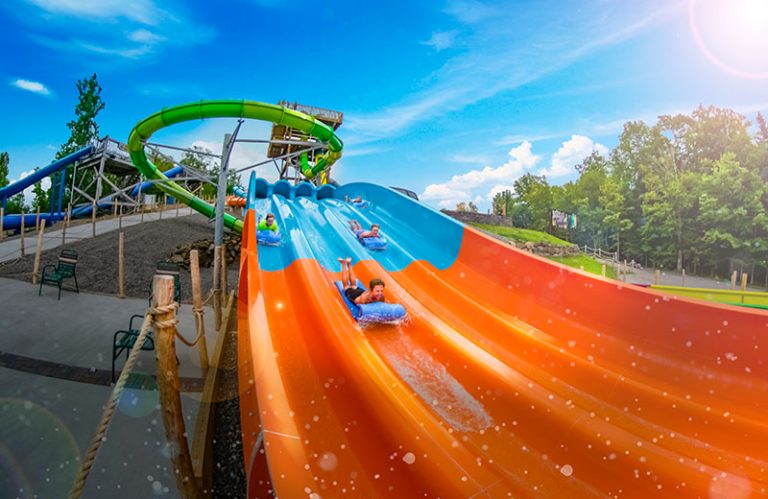
Our Advisors are happy to explain this payment option to you.Īs a not-for-profit organization, we appreciate and rely on charitable donations to help us develop and maintain high-quality educational programs with exceptional value. Please consider our paperless check option when paying on the phone or over the Internet. Please help us reduce this cost by paying for your program with a check. Road Scholar is a not-for-profit 501 (c)(3) organization that incurs over $5 million annually on credit card fees. You may also enroll online at To reserve space on a program, Road Scholar requires a deposit followed by final payment.
#Water safari archive#
Recognizing the historical value of film and news footage, Wilkison kept the material, later contributing hundreds of reels to the Texas Archive of the Moving Image's collection.Please call us toll free at (877) 426-8056, Monday through Friday, 9 a.m. Outside of KTBC, Wilkison shot, edited, and processed Longhorn football game footage for the University of Texas, a partnership that lasted nearly 30 years. In addition to his camera work and film processing, his work at the station also included direction of a number of television film productions. Wilkison was also the General Manager of Photo Processors at the LBJ Broadcasting Corporation, which he later took over and renamed Cenetex Film Labs. This relationship would continue to shape Wilkison's career well into the next decades - during the Johnson administration, Wilkison covered the president's visits to Texas, preparing material for national and international news correspondents.Ī particularly notable moment is his career occurred on August 1, 1966, when Wilkison and KTBC reporter Neal Spelce risked their lives to capture footage of the Tower shooting at the University of Texas. At the time the station was owned by the Texas Broadcasting Company, which was owned by Senator Lyndon B. Gordon Wilkison began work as a cameraman at the local Austin television station KTBC (now FOX 7) during 1952, its first year of operation. The Texas Water Safari continues to this day and is now infamously called "The World's Toughest Canoe Race." It has been trimmed significantly in length, from 538 miles in 1966 to 260 in 2012. Many crews were reportedly disqualified having been caught traveling across land.

Of the fifteen boats that competed, the Bludworths were the only crew that crossed the finish line. Bludworth, 51, of Houston and his brother, Harold, 45. After eight days of boating, the first place prize of $2,000 was awarded to J.L. The idea of the race originated from two men from San Marcos, Frank Brown and Bill "Big Willie" George, who paddled the distance from San Marcos to the Gulf of Mexico in 1962. It was sponsored by the Texas Water Safari Association and the Brazosport Chamber of Commerce at Freeport. In 1966, fifteen competitors entered the race. The course extended over 500 miles of waterways between San Marcos and the finish line in Freeport, Texas. The race kicked off from the Aquarena staging area on the San Marcos River in San Marcos, Texas on April 29, 1966.

This short clip captures competitors in the 4th Annual Texas Water Safari.


 0 kommentar(er)
0 kommentar(er)
